 June 8, 2017 John E. Ross, KD8IDJ, Editor
| |||||||||
Hamvention Improvements Already in the Works for 2018! Even before Hamvention® 2017 had wound down at its new Xenia, Ohio, location, plans were on the drawing board to enhance next year's show. Hamvention 2017 "went reasonably well," spokesperson Mike Kalter, W8CI, allowed, but he acknowledged that there are still a "lot of things to work on" for 2018. Kalter, who lives in Xenia, made the remarks in a video interview with DX Engineering's Tim Duffy, K3LR, in the wake of the May 19-21 show, which is sponsored by the Dayton Amateur Radio Association (DARA).
Kalter told Duffy that the staff of the Greene County Fairgrounds and Expo Center on its own initiative met with him, Hamvention General Chair Ron Cramer, KD8ENJ, and others to say they were already formulating plans for improvements. The food and forum venues at the new location got high marks, Kalter told Duffy, but the flea market suffered badly from the effects of heavy rainfall. "It rained hard, and it rained a lot," Kalter recounted, adding that the flea market area was not as well drained as organizers had expected. "What exactly we're going to do at this point, I don't know," he conceded. "We felt bad about that."
The exhibitor tents were another issue, with crowded quarters, wind-blown rain getting into booth spaces, and a lack of lighting. Kalter told Duffy that DARA didn't get the tents it wanted, and that more and better tents are high on the list for next year. DARA also has asked the Greene County Commission to purchase another building for the site, and the Commission will be installing air handlers in buildings for 2018. On-site parking improvements also are in the works, after a massive traffic jam on opening day. "Traffic on Friday morning was pretty rough, for those that got caught in that, but we worked with the officials...and they fixed it overnight," Kalter said.
"We're out in front of it," Kalter assured, "and I want to thank all of our volunteers," referring to the 657 individuals who made Hamvention 2017 happen. "Most of what I heard was very positive." In a separate interview with HamRadioNow's Gary Pearce, KN4AQ, Kalter said that while he could offer no firm numbers, attendance was "the biggest I've seen at any Hamvention I've ever been to. It was absolutely wall to wall, from one end to the other." Consent Decree, Forfeiture Terminate FCC Interference Investigation The FCC has again used a consent decree to resolve an enforcement matter. The FCC Enforcement Bureau recently concluded a radio interference investigation with "a negotiated settlement" and a $90,000 civil penalty. The case against AFX Inc. involved the marketing of unauthorized RF devices that interfered with AM/FM radio reception.
"[W]e find that the public interest would be served by adopting the Consent Decree and terminating the referenced investigation regarding AFX's marketing of unauthorized radio frequency devices, and compliance with Section 302(b) of the Communications Act of 1934, as amended and Sections 2.803(b)(2), 15.107(a), and 15.109(a) of the Commission's rules (Rules)," the FCC said. Canada C3 Sesquicentennial Voyage May be Tracked via WSPR Beacon An Amateur Radio WSPR (Weak Signal Propagation Reporter) beacon has been installed and activated onboard the Canada C3 vessel. The ship departed Toronto, Ontario, on June 1 on a 150-day expedition to Victoria, British Columbia, via the Northwest Passage as part of the Canadian Sesquicentennial celebration. Sponsors are calling it an "epic journey to celebrate Canada and connect Canadians." According to Radio Amateurs of Canada (RAC), Canada C3 organizers permitted a group of enthusiasts under the leadership of Barrie Crampton, VE3BSB, to install the WSPR beacon on the C3 vessel.
"This provides a unique opportunity to track the vessel on its 150-day sailing voyage around the Canadian coast -- the longest coastline in the world," an RAC bulletin said. The WSPR beacon identifies as CG3EXP (this page also includes WSPR Amateur Radio frequencies). A live tracking link, generated by QRP Labs, the supplier of the tracking hardware, has been activated, hosted by Jeff Milne, VE3EFF. It generates a series of dots -- one for each Maidenhead grid square the vessel traverses. Stopping at a different location every day, Canada C3 will visit 50 coastal communities, 36 indigenous communities, 13 national parks, and 20 migratory bird sanctuaries. The WSPR project is part of the science experiments and research to be carried out during the voyage. "Many of the locations to be visited by Canada C3 lie in areas where radio communication is difficult," RAC said. Visit the RAC website for additional information. FCC and OSHA Release Communications Tower Best Practices Guide The FCC and OSHA have announced the release of a free publication, Communications Tower Best Practices Guide. While aimed more at those who tend commercial communication towers, the guide offers information applicable to the Amateur Radio community and contractors working on Amateur Radio antenna support structures. The FCC said the guide was a result of two tower safety workshops.
A second workshop followed in February 2016, during which a panel of industry stakeholders and advocates discussed best practices that could reduce injuries and fatalities among tower workers. "This document is a collection of the best practices gathered from those workshops and from the discussions that continued beyond those events," the guide says. Among other points, the guide emphasizes that all tower workers need "to have and use proper safety equipment at all times," and that, "no work should be done if proper safety equipment is unavailable or if the safety equipment available is not functioning properly." The guide also notes an increasing use of drones for tower inspection. "This technology has the potential to reduce unnecessary climbing and can avoid putting [tower workers] at risk," the guide points out. "Every tower climber death is preventable," stressed FCC Chairman Ajit Pai. The Doctor Will See You Now! "The Mystery of Sporadic E" is the topic of the new (June 8) episode of the "ARRL The Doctor is In" podcast. Listen...and learn!
Every 2 weeks, your host, QST Editor-in-Chief Steve Ford, WB8IMY, and the Doctor himself, Joel Hallas, W1ZR, will discuss a broad range of technical topics. You can also e-mail your questions to doctor@arrl.org, and the Doctor may answer them in a future podcast. Enjoy "ARRL The Doctor is In" on Apple iTunes, or by using your iPhone or iPad podcast app (just search for "ARRL The Doctor is In"). You can also listen online at Blubrry, or at Stitcher (free registration required, or browse the site as a guest) and through the free Stitcher app for iOS, Kindle, or Android devices. If you've never listened to a podcast before, download our beginner's guide. The ARRL June VHF Contest is Almost Here! One of the premier VHF/UHF events on the contest calendar -- the ARRL June VHF Contest -- gets under way at 1800 UTC on Saturday, June 10, and continues until 0259 UTC on Monday, June 12. Whether you are new to VHF or new to contesting altogether, the ARRL June VHF Contest offers all licensees a chance to explore what they can do on our VHF and UHF bands. The object for participants in the US and Canada (and possessions) is to work stations in as many different 2° × 1° Maidenhead grid squares as possible, using authorized frequencies above 50 MHz. Stations outside the US and Canada (and their possessions) may only work stations in the US (and its possessions) and Canada. Stations in KH0-9, KL7, KP1-KP5, CY9, and CY0 count as W/VE stations and may be worked by DX stations for contest credit.
June is a favorable month for 6-meter band openings, and the contest occurs at the start of the summer sporadic E season, offering intense openings on 6 and even 2 meters. Propagation opportunities also can include tropospheric ducting, aurora, and moonbounce or meteor scatter. K1JT's WSJT-X software suite now includes a new mode for scatter communications -- MSK144. It offers 15-second sequencing and improvement in signal decoding for meteor scatter work, and many VHF operators are talking about using it on 6 and 2 meters during this event. Newcomers to VHF contesting may want to try one of these categories:
Pick a band or mode, and have fun in the June VHF Contest! Got a question? Contact the ARRL Contest Branch. New Jersey Radio Amateur Receives International Astronomical League's Gold Certification Blair Hearth, KD2EPA, of Oceanport, New Jersey, has joined the select group of individuals who have received Gold certification in the Radio Astronomy Observation program of the International Astronomical League for making at least 10 galactic observations. Hearth, who
already had qualified for Silver certification, used the InfoAge Science History Museum's TLM-18 dish for a few of his observations, but most were accomplished by using Amateur Radio equipment to scan the void. A member of the Garden State Amateur Radio Association and the Society of Amateur Radio Astronomers, Hearth was the recipient of the ARRL Hudson Division Technical Achievement Award in 2015 for his work in radio astronomy and RFI. As Hearth explains on his QRZ.com profile: "I use a low-frequency receiver to collect data that indicates sudden ionospheric disturbances. My venerable
Kenwood R-600 receiver is dedicated to receiving Jovian radiation at 20.1 MHz. I also monitor and count meteors via radio reflection using a NooElec 2 dongle, SDR#, and HDRFFT software. I attempt observations of extra-solar radio objects in the 408 MHz 'band' using GNU Radio, an excellent LNA, and a DB8 bow-tie antenna." Hearth said he uses the TLM-18 60-foot dish for research into "the velocity of the sun with respect to the Local Standard of Rest." He also will take part in data-gathering during the August solar eclipse. Hearth will deliver a presentation, "How to Use Ham Radio Gear to Do Radio Astronomy," at the International Astronomical League's 2018 international meeting. He enjoys QRP operating and has a WSPR beacon on 20 meters. Jordan's First CubeSat Set for Early 2018 Launch Jordan's first CubeSat -- JY1SAT -- will be launched next February, according to a news report. The spacecraft's name recalls the famous Amateur Radio call sign of Jordan's late King Hussein. JY1SAT will carry a FUNcube 435/145 MHz SSB/CW Amateur Radio inverting transponder and a Slow-Scan Digital Video (SSDV) system to transmit stored images.
The student team will develop and operate a special ground station (JY6JY). JY1SAT will transmit stored images reflecting Jordan's historical and cultural heritage, which will be selected in advance of the launch through a national competition. JY1SAT applied to the IARU on May 15 to coordinate a telemetry downlink on 145.840 MHz and transponder downlink passband of 145.855-145.875 MHz, with an inverting uplink passband of 435.100-435.120 MHz. A SpaceX flight will carry JY1SAT into orbit from Vandenberg Air Force Base in California. -- Thanks to AMSAT-UK, The Jordan Times, AMSAT News Service Additional Countries Gain Bands at 5 MHz Radio amateurs in the United Arab Emirates (UAE) are among the latest to gain access to a 60-meter band. The allocation is 5,351.5-5,366.5 kHz at a maximum power of 15 W EIRP. Malta also has opened a 60-meter band for its Amateur Radio licensees. The island's telecoms regulator, the Malta Communications Authority, published an updated National Frequency Plan in April that includes the WRC-15 secondary Amateur Radio allocation of 5,351.5-5,366.5 kHz at a maximum power of 15 W EIRP. Panama came on board with the same allocation in December.
Radio Amateurs in Poland will soon have access to 5,351.5-5,366.5 kHz with 15 W EIRP. Mexico's telecommunications regulator IFT has approved Amateur Radio use of 5,351.5-5366.5 kHz at up to 20 W EIRP. Iceland's telecommunication authority PTA has extended experimental license privileges for radio amateurs in the 5 MHz band until December 31, 2017. The privileges are for 5,260-5,410 kHz, with 100 W EIRP, CW, USB, PSK31, and other digital modes. Currently 25 licensees in Iceland have experimental licenses to operate on 60 meters. In Hungary, the HG7BHB beacon on 5,352.5 kHz has been shut down. Established in 2015 by Hungary's IARU member society MRASZ, the beacon went out of order in February. A substantial increase in activity near its frequency and the lack of a suitable alternative frequency led to the decision to switch it off altogether. Meanwhile, Steve Kölcsey, HA0DU, has reported that temporary Amateur Radio licenses permitting 5 MHz operation in Hungary have expired, and there has been no 60-meter operation since May 1. -- Thanks to the 5 MHz Newsletter via Paul Gaskell, G4MWO, Southgate Amateur Radio News SAQ Transmission on Alexanderson Day Cancelled There will be no Alexanderson Day over-the-air VLF transmission on Sunday, July 2, from SAQ, the Alexanderson alternator station in Sweden. SAQ periodically schedules transmissions with the nearly century-old electromechanical behemoth, which operates on 17.2 kHz from the World Heritage Grimeton Radio Station. SAQ said the event was cancelled due to ongoing maintenance work at the site.
Dating from the 1900s, the Alexanderson alternator -- essentially a massive ac generator run at extremely high speed and connected to an extensive antenna system -- could generate 200 kW of very low frequency RF. The unit at SAQ typically is operated at less than half that power level. Once providing reliable transatlantic communication, it is now a museum piece and only put on the air on special occasions. The unit at SAQ was built in the 1920s. Centenarian ARRL Member Claiming Oldest Active Radio Amateur Crown A 105-year-old ARRL member, Cliff Kayhart, W4KKP, of White Rock, South Carolina, is claiming the title of "World's Oldest Operating Ham." No official record of such milestones exists, but ARRL is not aware of any radio amateurs senior to Kayhart, and he is now quite likely the oldest active ham, at least in the US. Early this year, Charlie Hellman, W2RP, died at 106; he also may have been the longest licensed. Hellman outlived the former "oldest US ham," Harry Wolf, W6NKT, by 8 days. Wolf was a couple of weeks shy of turning 108. Kayhart now lives at The Heritage at Lowman Home.
"I have had to get help getting set up after moving here from Tennessee," he said in his QRZ.com profile. "Two local clubs, Dutch Fork Amateur Radio Group and Columbia Amateur Radio Club, have been there to help. It has been slow going. They tell me I may be the oldest operating ham." Kayhart is active on 80 meters, as well as other bands. Born in 1911, Kayhart was first licensed in 1937 as W2LFE in New Jersey. He then was W9GNQ before becoming W4KKP. Kayhart's interest in Amateur Radio began in the early 1920s, when he built a crystal radio. After modifying the inductor, he began hearing hams on AM. Read more. In Brief...
Thomas Pesquet, KG5FYG, and Oleg Novitskiy Return to Earth after 6 Months in Space: European Space Agency Astronaut Thomas Pesquet, KG5FYG, and cosmonaut Oleg Novitskiy returned to Earth on June 2 after a 6-month duty tour on the International Space Station (ISS). It took the pair more than 3 hours to descend to Earth in a Soyuz MS-03 transporter. During his time on the ISS, Pesquet participated in several Amateur Radio on the International Space Station (ARISS) school contacts. "It's been a fantastic adventure and amazing ride. We got a lot of work done up here," Pesquet tweeted just prior to his departure. The two space travelers landed without incident in the steppes of Kazakhstan. The departure of Pesquet and Novitskiy leaves three crew members on board the ISS -- Commander Fyodor Yurchikhin, RN3FI; Peggy Whitson, ex-KC5ZTD, and Jack Fischer, K2FSH. The Expedition 52/53 crew increment of Paolo Nespoli, IZ0JPA; Randy Bresnik, and Sergey Ryazanskiy will head to the ISS in July.
The K7RA Solar Update Tad Cook, K7RA, Seattle, reports: The average daily sunspot number rose this week from 15.6 to 19.3, largely due to the fact that there was one zero-sunspot day last week, and none this week. The average daily A index -- planetary and mid-latitude -- were both 5.6 this week. Last week they were 13.3 and 10.6, respectively. The predicted solar flux is 72 on June 8-10; 75 on June 11-13; 72 on June 14; 78 on June 15-26; 80 on June 27-July 1; 78 on July 2-8; 80 on July 9, and 78 on July 10-22. The planetary A index is predicted at 5 on June 8-11; 8 on June 12-13; 5, 12, 25, and 10 on June 14-17; 8 on June 18-19; 5 on June 20-July 10; 10, 12, 25, and 10 on July 11-14; 8 on July 15-16, and 5 on July 17-22.
Bruce Smith, AC4G, of Taft, Tennessee wrote: "Just wanted to inform your readers that on 7 June at approximately 2100 Z, I heard PA2M (Netherlands) calling CQ into my area EM65, southern Tennessee. I went down to 50.081, called CQ (CW), and began working many European stations on 6. When the band finally faded after about 2 hours, I ended up making QSOs with 18 European stations such as PA, G, GM, GD." Boy Scouts of America Jamboree on the Air (JOTA) Coordinator Jim Wilson, K5ND, of Grapevine, Texas, wrote to say he's observed daily openings into Europe on 6 meters but has had no luck working anyone. "But this afternoon was able to work into Japan for the first time ever, running 100 W, JT65, into a Moxon antenna at 25 feet." He has posted a narrative on his experience. Jim also maintains a blog. Sunspot numbers for June 1 through 7, 2017 were 18, 19, 22, 23, 22, 18, and 13, with a mean of 19.3. The 10.7-cenitmeter flux was 75.7, 78.2, 77.9, 77.7, 79.4, 75.4, and 75.5 with a mean of 77.1. Estimated planetary A indices were 7, 5, 9, 3, 5, 5, and 5, with a mean of 5.6. Estimated mid-latitude A indices were 6, 6, 9, 3, 5, 5, and 5, with a mean of 5.6. Send me your reports and observations! Just Ahead in Radiosport
See the ARRL Contest Calendar for more information. For in-depth reporting on Amateur Radio contesting, subscribe to The ARRL Contest Update via your ARRL member profile e-mail preferences. Upcoming ARRL Section, State, and Division Conventions
Find conventions and hamfests in your area.
. .
Subscribe to...
Free of charge to ARRL members...
Find ARRL on Facebook! Follow us on Twitter and Instagram! | |||||||||
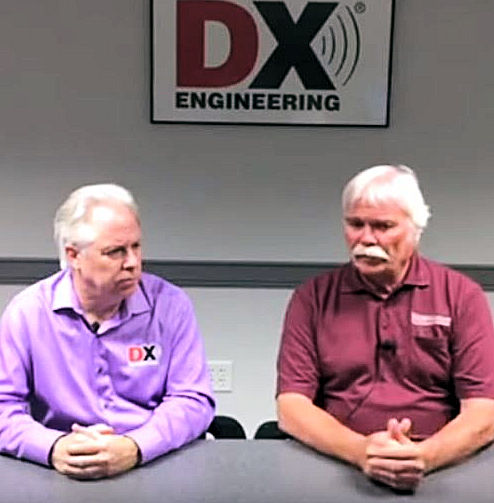
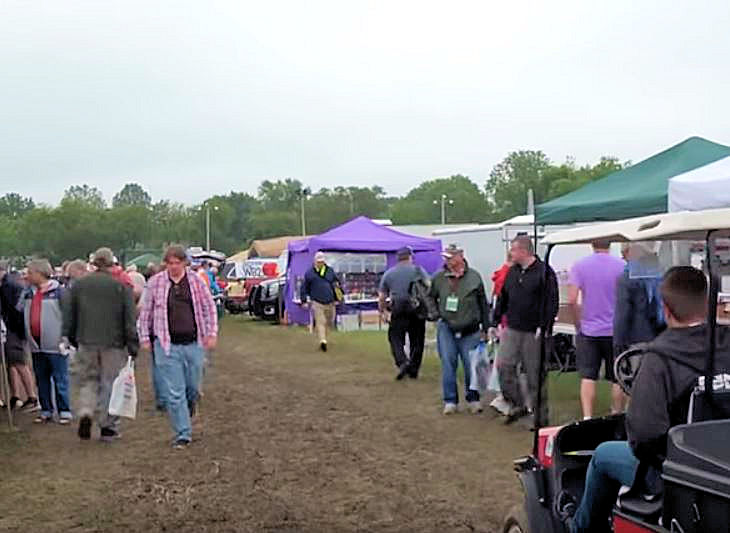
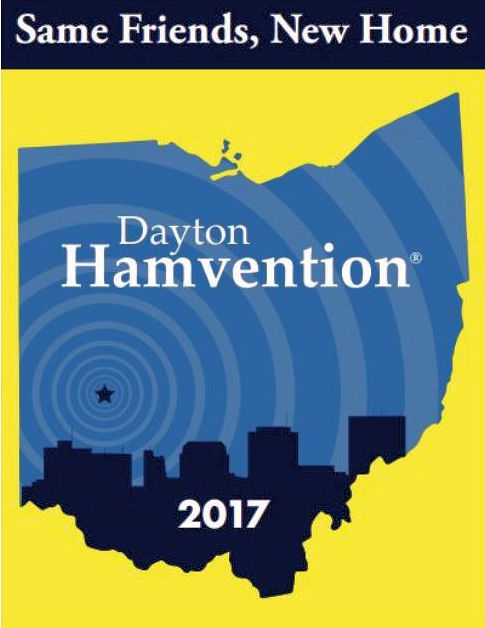 "We know that we are stewards of a very important event [for Amateur Radio]," Kalter told Duffy. Hamvention "is not just DARA's show," and exhibitors and organizers alike are buying into the concept of "our Hamvention" and contributing to an effort to improve the event. Kalter called Hamvention "a pillar" that helps to keep Amateur Radio alive and "growing and functioning at a much higher level" than anywhere else.
"We know that we are stewards of a very important event [for Amateur Radio]," Kalter told Duffy. Hamvention "is not just DARA's show," and exhibitors and organizers alike are buying into the concept of "our Hamvention" and contributing to an effort to improve the event. Kalter called Hamvention "a pillar" that helps to keep Amateur Radio alive and "growing and functioning at a much higher level" than anywhere else..jpg) After the company's
After the company's .jpg)
%20CROP.jpg) "Recognizing the risks that tower employees face, OSHA and the FCC held a workshop on communication tower employee safety on October 14, 2014," the new guide explains. "During this workshop, industry stakeholders, along with employee safety advocates and the families of communication tower employees who had been killed on the job, gathered to discuss issues affecting the safety of communication tower employees."
"Recognizing the risks that tower employees face, OSHA and the FCC held a workshop on communication tower employee safety on October 14, 2014," the new guide explains. "During this workshop, industry stakeholders, along with employee safety advocates and the families of communication tower employees who had been killed on the job, gathered to discuss issues affecting the safety of communication tower employees.".jpg) Sponsored by
Sponsored by .jpg)
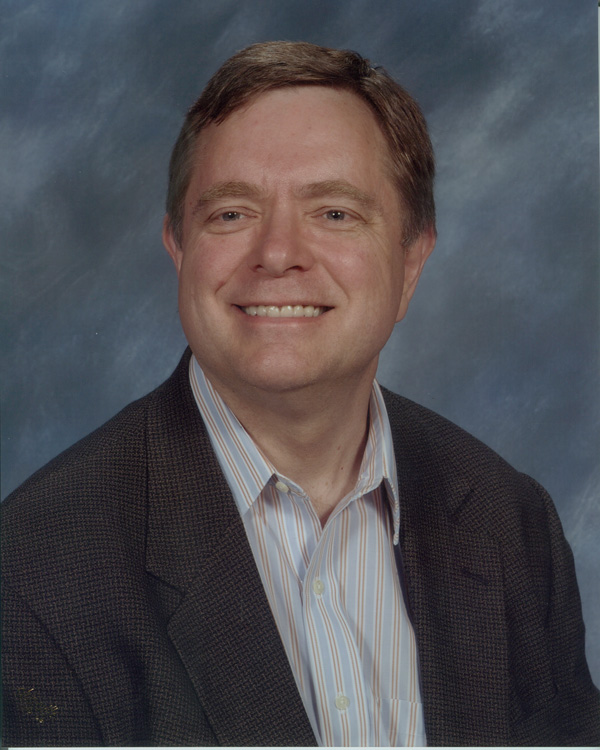
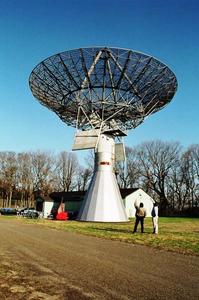
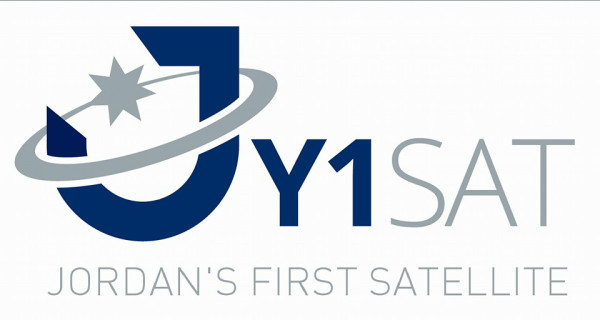 The Jordan Times recently reported that a team of 16 university students has been constructing the 1U CubeSat, supervised by a group of experts and academics through weekly meetings at the Royal Jordanian Radio Amateurs Society (RJRAS). RJRAS members Nart Tahamouqa, JY5IB, and Rafiq Farmawi, JY4CI, serve as advisers to the project. The JY1SAT team includes 24-year-old Zeid Kawar, whose 2-month internship at NASA's Ames Research Center inspired his interest in developing his country's first nanosatellite.
The Jordan Times recently reported that a team of 16 university students has been constructing the 1U CubeSat, supervised by a group of experts and academics through weekly meetings at the Royal Jordanian Radio Amateurs Society (RJRAS). RJRAS members Nart Tahamouqa, JY5IB, and Rafiq Farmawi, JY4CI, serve as advisers to the project. The JY1SAT team includes 24-year-old Zeid Kawar, whose 2-month internship at NASA's Ames Research Center inspired his interest in developing his country's first nanosatellite.(2).jpg) The Netherlands telecoms regulator
The Netherlands telecoms regulator .jpg) The station will still observe Alexanderson Day with activities that include two startups of the Alexanderson alternator and a "local" transmission. These events will be streamed via YouTube. The site will be open to visitors.
The station will still observe Alexanderson Day with activities that include two startups of the Alexanderson alternator and a "local" transmission. These events will be streamed via YouTube. The site will be open to visitors.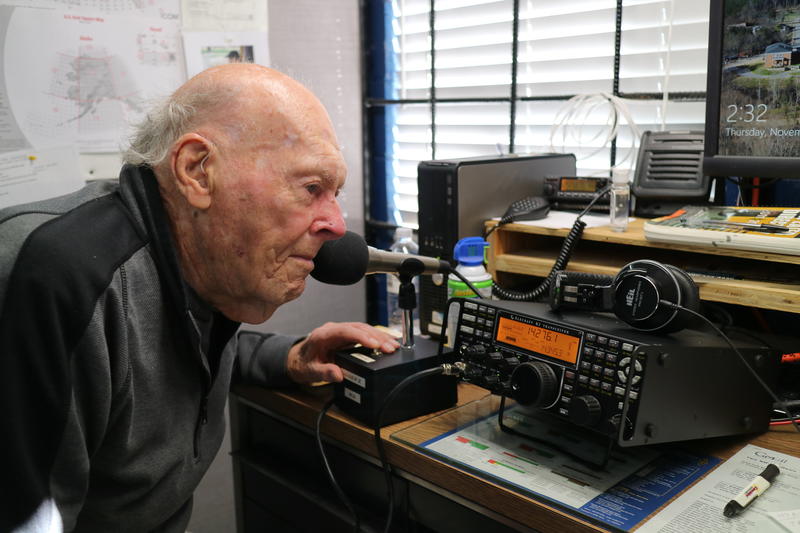
.jpg) New Washington Distracted Driving Law Includes Amateur Radio Exception: The State of Washington has a new
New Washington Distracted Driving Law Includes Amateur Radio Exception: The State of Washington has a new 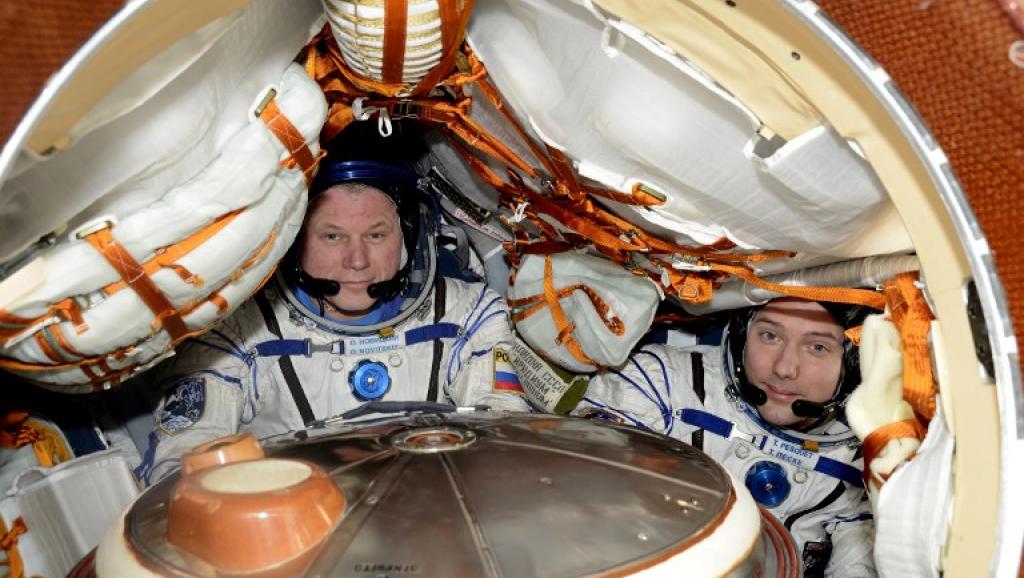
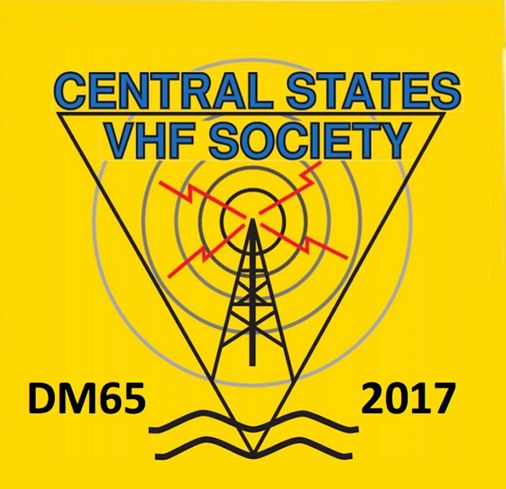 Register Now for the 2017 Central States VHF Society Conference:
Register Now for the 2017 Central States VHF Society Conference:  W4DXCC DX and Contest Convention Registration Now Open: Registration now is open for the 2017
W4DXCC DX and Contest Convention Registration Now Open: Registration now is open for the 2017 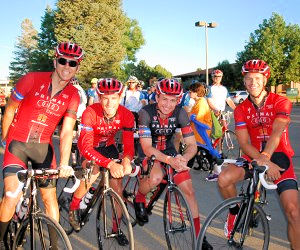 Amateur Radio Volunteers Sought to Assist with Silicon Valley Tour de Cure Communications: Amateur Radio rest stop and SAG volunteers are being sought to assist with communications during the
Amateur Radio Volunteers Sought to Assist with Silicon Valley Tour de Cure Communications: Amateur Radio rest stop and SAG volunteers are being sought to assist with communications during the 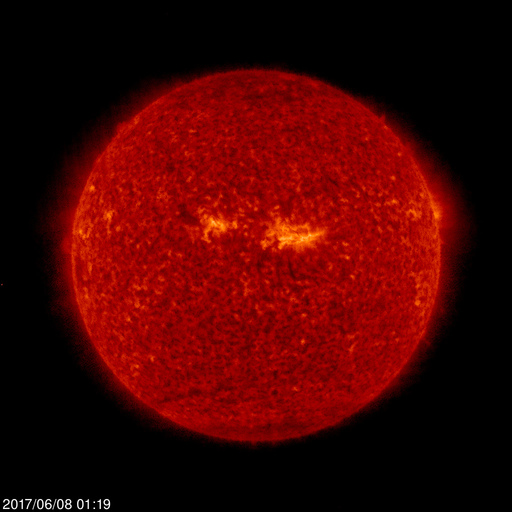 Field Day weekend, June 24-25, shows a changed prediction for June 23-25 with a solar flux at 78, and planetary A index of 5 on all 3 days, an improvement from last week's forecast, which projected a higher geomagnetic (A index) forecast and lower solar flux.
Field Day weekend, June 24-25, shows a changed prediction for June 23-25 with a solar flux at 78, and planetary A index of 5 on all 3 days, an improvement from last week's forecast, which projected a higher geomagnetic (A index) forecast and lower solar flux.







